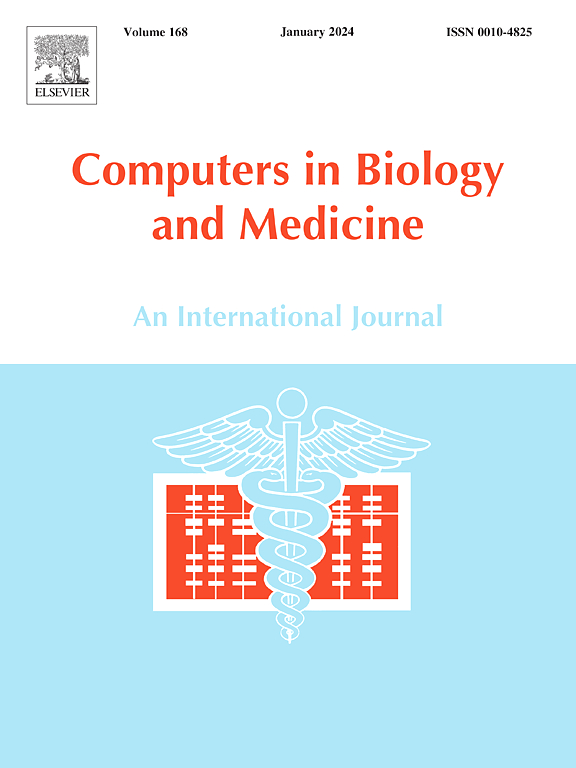通过细菌肽转运体非法摄取肽基抗生素:一种克服耐药性的方法
IF 7
2区 医学
Q1 BIOLOGY
引用次数: 0
摘要
非法运输是指分子未经许可通过转运体进入细胞,而这些转运体原本是用于运送其他生理物质的。最近,研究表明肽基抗生素负霉素可以通过双肽(EcDpp)、抗菌肽(EcSap)敏感性和寡肽(EcOpp)转运体渗透到大肠杆菌的胞质膜。然而,尚无流感嗜血杆菌Sap (HiSap)转运体存在这种非法转运机制的报道。因此,我们进行了一项深入的硅片研究,以确定与底物结合蛋白EcDppA、EcSapA和HiSapA具有结合亲和力的新型肽类抗生素。结果表明,3种靶蛋白具有相同的序列和结构相似性。此外,对230种针对这些蛋白的肽类抗生素进行虚拟筛选,鉴定出8种具有较高结合亲和力的化合物。其中,三种化合物(1、6和129)表现出优越的吸收、分布、代谢、排泄和毒性(ADMET)特征以及药物样特性。综合分子动力学(MD)模拟提示了这些化合物与EcDppA、EcSapA和HiSapA的构象稳定性和良好的结合能。概率密度函数(PDF)和动态互相关图(DCCM)分别强调了结合位点环在配体动力学和主要结构域运动中的重要性。总之,本研究的结果表明,化合物1、6和129可以作为抗革兰氏阴性病原体的有效广谱抗生素,也可以作为设计更多肽类抗生素的模板,用于非法运输各种其他病原体。本文章由计算机程序翻译,如有差异,请以英文原文为准。
Illicit uptake of peptide-based antibiotics through bacterial peptide transporters: an approach towards overcoming drug resistance
Illicit transport pertains to the unauthorized entry of molecules into cells through transporters that are initially intended for other physiological substances. Recently, it has been demonstrated that the peptide-based antibiotic negamycin can permeate the cytosolic membrane of Escherichia coli via dipeptide (EcDpp), sensitivity to antimicrobial peptide (EcSap), and oligopeptide (EcOpp) transporters. However, no example of such an illicit transport mechanism for the Haemophilus influenzae Sap (HiSap) transporter has been reported. So, an in-depth in silico study was performed to identify new peptide-based antibiotics showing binding affinities for the substrate-binding proteins EcDppA, EcSapA, and HiSapA. The results indicated that the three target proteins share sequence and structural similarities among them. Moreover, a virtual screening of 230 peptide-based antibiotics against these proteins identified eight compounds with higher binding affinities. Among these, three compounds (1, 6, and 129) demonstrate superior absorption, distribution, metabolism, excretion, and toxicity (ADMET) profiles as well as drug-like characteristics. Comprehensive molecular dynamics (MD) simulation hints towards the conformational stability and favourable binding energy of these compounds with EcDppA, EcSapA, and HiSapA. The probability density function (PDF) and dynamic cross-correlation map (DCCM) underscored the significance of the binding-site loop in ligand dynamics and major domain movements, respectively. In conclusion, the results from this study propose that Compounds 1, 6, and 129 could function as effective broad-spectrum antibiotics against Gram-negative pathogens and can also act as a template for designing more such peptide-based antibiotics for illicit transport across various other pathogens.
求助全文
通过发布文献求助,成功后即可免费获取论文全文。
去求助
来源期刊

Computers in biology and medicine
工程技术-工程:生物医学
CiteScore
11.70
自引率
10.40%
发文量
1086
审稿时长
74 days
期刊介绍:
Computers in Biology and Medicine is an international forum for sharing groundbreaking advancements in the use of computers in bioscience and medicine. This journal serves as a medium for communicating essential research, instruction, ideas, and information regarding the rapidly evolving field of computer applications in these domains. By encouraging the exchange of knowledge, we aim to facilitate progress and innovation in the utilization of computers in biology and medicine.
 求助内容:
求助内容: 应助结果提醒方式:
应助结果提醒方式:


